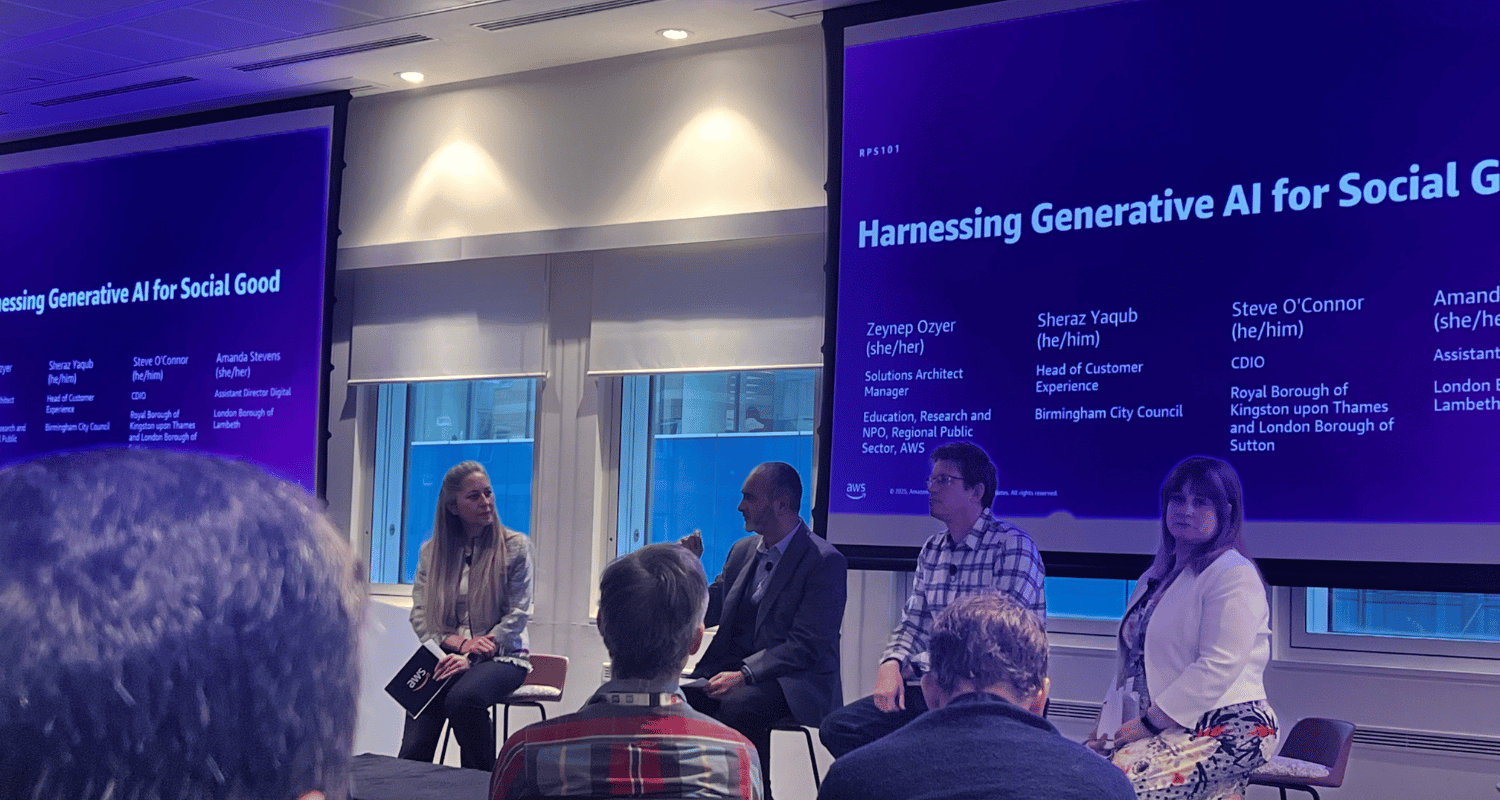By Mike Westwood, Assistant Director of IT Architecture and Solutions Delivery (Digital Engineering Lead), University of Exeter.
We all make decisions every day, some big, some tiny. But have you ever paused to think about which of those decisions are reversible and which aren’t?

Recently at the AWS Summit in London, this concept came up again and again. Speaker after speaker talked about how understanding the difference between one-way and two-way door decisions can help teams move faster, reduce fear, and deliver more value.
It’s a simple idea, but a powerful one. And it doesn’t just apply to building cloud platforms or designing IT systems. It applies to everything from how we decorate our homes to how we manage our time.
Let’s Break It Down
Two-Way Doors: Try It and See
A two-way door is a decision you can walk through and if it turns out to be the wrong move, you can walk right back out again.
An example? Painting your living room yellow.
Sure, you might realise after two days that “banana burst” was a bold move. But no harm done. Grab a roller, put on a podcast, and repaint. The effort is real, but it’s reversible.
In the world of tech, a two-way door might be trialling a new tool, spinning up a proof-of-concept in a sandbox, or experimenting with a new team meeting format. If it doesn’t work? You learn something and move on.
One-Way Doors: No Going Back (Easily)
One-way doors are different. Once you go through, turning back is either impossible or very, very costly.
An example? Knocking down a wall between your kitchen and living room.
You can’t exactly ‘undo’ that over the weekend. It’s a major investment and could change how your entire home functions.
In tech terms, a one-way door might be committing to a specific platform that locks you into a long-term contract or redesigning your entire system architecture. These decisions need more time, data, and stakeholder input.
Why This Matters at Work (and at Home)
Understanding this distinction helps you avoid overthinking everything. If a decision is two-way, make it fast. If it’s one-way, slow down, assess the risk, and bring in others.
At work, we sometimes treat every choice like a one-way door, holding endless meetings or waiting for perfect certainty. That slows us down and frustrates teams. But once we realise that many decisions aren’t permanent, we can experiment more freely and unlock creativity.
Likewise, in our personal lives, this mindset can help. Not every choice needs to be agonised over. If it’s reversible, try it. Learn from it. Move on.
Taking This Into Our Work
Back to the AWS Summit, what struck me was how many engineering leaders were using this framework to streamline delivery.
When building cloud-native solutions, or evolving digital products, they ask:
Is this decision hard to reverse?
If not, they move quickly and test in the real world.
It’s how they keep up momentum without sacrificing quality. And that’s something we’re doing here at the University of Exeter, too.
In our Digital Engineering team, we’re using this lens to:
- Accelerate low-risk design decisions in proof-of-concept stages.
- Give teams confidence to experiment, knowing they have a safe exit route.
- Prioritise where to invest time and governance, especially in one-way architectural choices.
Could You Use This Approach?
Whether you’re in IT, finance, HR, marketing or you’re just choosing between Netflix series tonight, this mindset applies.
Ask yourself:
- Is this decision reversible?
- What’s the cost of being wrong?
- Can I test and learn quickly?
Not every decision needs a steering group. Some just need a push through that (two-way) door.
Let’s make smart decisions faster. And where we can’t? Let’s make the irreversible ones with confidence and care.
Are you a UoE colleague wanting to learn more about how we’re driving faster, smarter decision-making in the Digital team? Get in touch with the team today.
Take a look at our 2030 Digital Strategy.
Read our previous blog post to learn about our new Digital Demand Management process.

